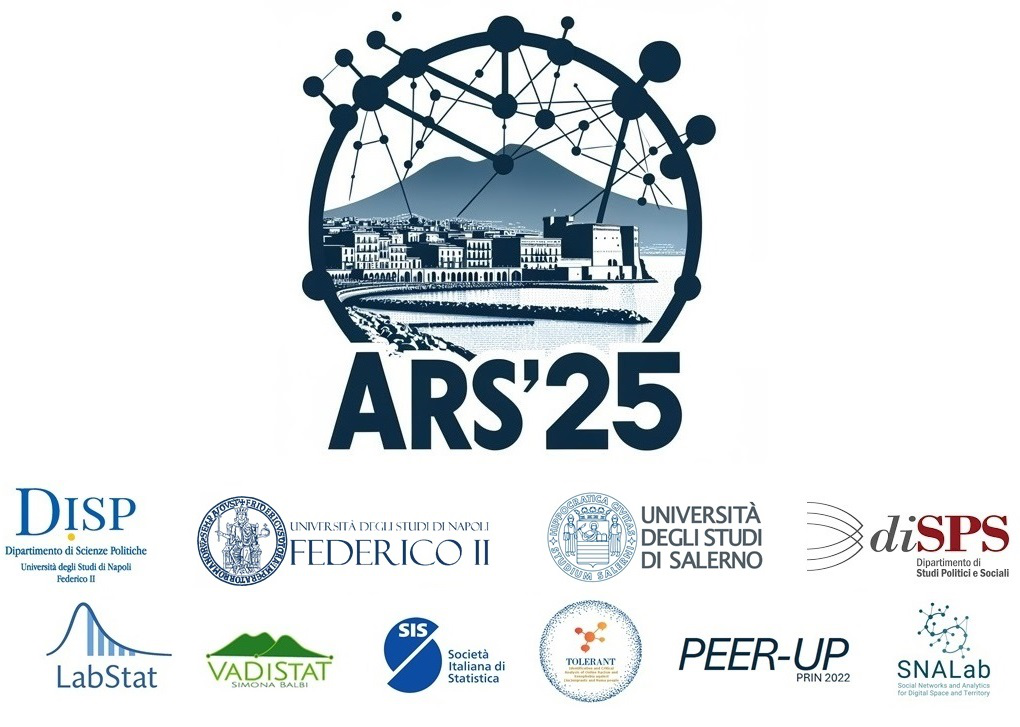The CEPII BACI database (link) offers a comprehensive dataset on bilateral trade flows between 200 countries, covering 5,000 products from 1995 to 2023. This dataset serves as a "gold mine" for constructing and analyzing weighted trade networks. We will use selected networks from BACI to demonstrate various exploratory...
We analyze longitudinal weighted network data by proposing an extension of the stochastic block models designed to handle count data characterized by an excess of zeros. Specifically, we explicitly model the distribution of the dyad referred to each pair of nodes, conditional on the blocks they occupied at each time occasion. The time varying block memberships are assumed to evolve over time...
Relational event models (REMs) are statistical models for the analysis of sequences of relational observations. Estimating these models is straightforward (albeit potentially computationally demanding) when the exact sequence of events is known, such as in the case of phone call records. However, sequences of relational event data may be incomplete or difficult to gather, e.g., when online...
This study seeks to investigate how two basic types of network ties – friendship and romance – relate to one another over time at the network level. It is hypothesized that specific taboo and eligibility norms influence the co-evolution of the two networks by systematically constraining which new friendship ties may form given a person’s past/existing romantic ties and which romantic ties may...
The mobility of modern academic scholars offers valuable insights into the dynamics of career development, institutional reputation, and the strategic choices shaping academic trajectories.
In this study, we examine the scholarly mobility of Italian academic statisticians between 2000 and 2024, with the aim of uncovering the drivers of the academic mobility process.
Using multiple data...

